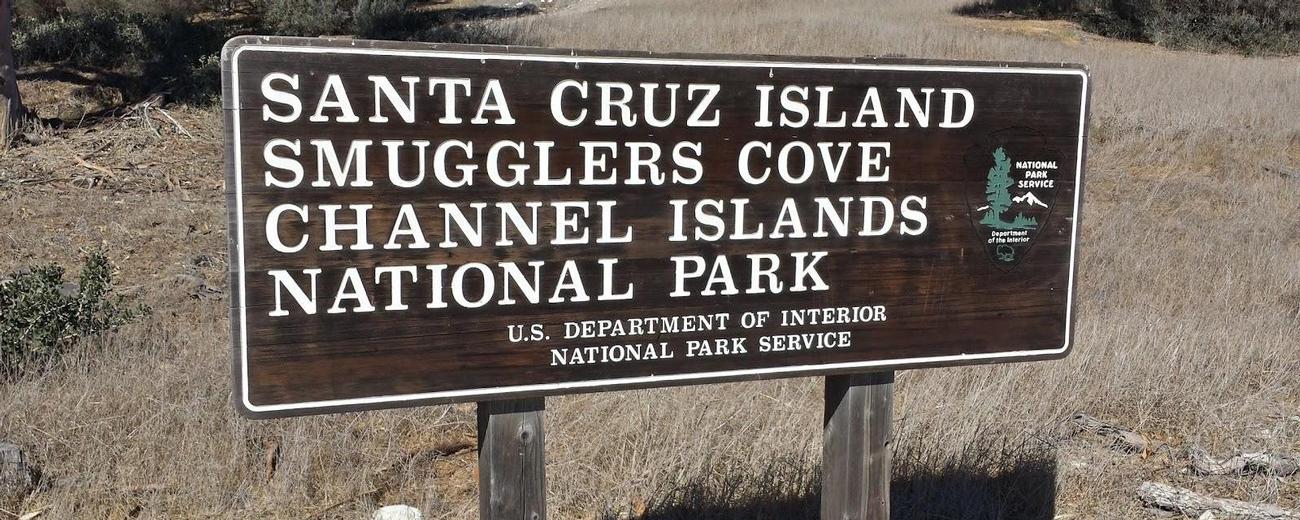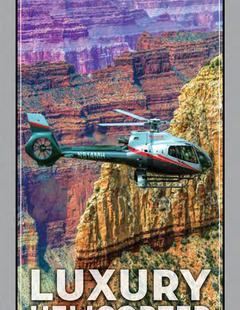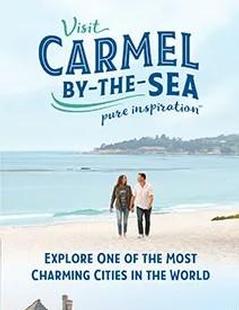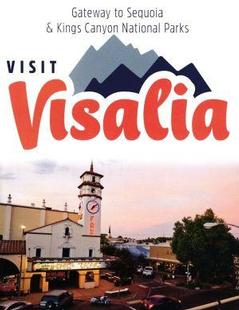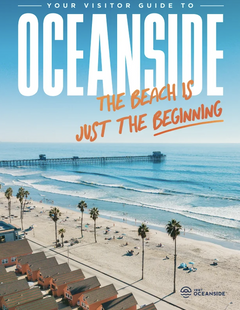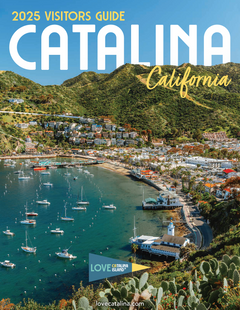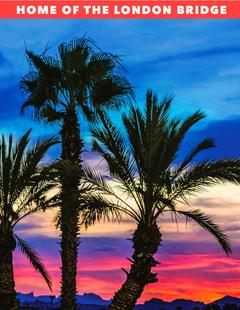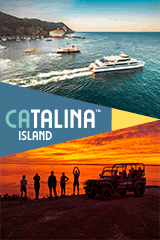Channel Islands National Park consists of five islands, the surrounding waters and a mainland visitors center. From the mainland, several charter companies offer daily boat or seaplane service to the islands of Anacapa, Santa Barbara, San Miguel, Santa Rosa, and Santa Cruz. During peak times, transportation quotas can often fill up, so reserving a spot on a boat ahead of time is advised. Take a look through the different sections below to gain a better idea of how the park is organized and any helpful information that will assist you in enjoying a better visit to the park.
The Mainland
Located in the city of Ventura, the Robert J. Lagomarsino Visitor Center is the park's mainland headquarters. Open year-round from 8:30 to 5:00, the center features a museum, living tidepool exhibit, three-dimensional models of all the park islands, 25-minute film, interactive exhibits, and a tower with telescopes for viewing the islands. A picnic area and outdoor native plant garden round out the facilities here.
A number of special programs also take place at the visitor center. Every Tuesday and Thursday from Memorial Day through Labor Day, rangers conduct a live underwater video program from Anacapa Island. This unique program features an interpretive dive through one of the most diverse ecosystems in the world, the kelp forest. Visitors may view this program without ever getting their feet wet from the visitor center.
The Visitor Center is located in the city of Ventura. The telephone number is (805) 658-5730. The visitor center is closed Thanksgiving and Christmas.
Santa Cruz
Santa Cruz is the largest island off the coast of California. 24 miles long and 6 miles wide, the island is shaped by two rugged mountain ranges and the deep valleys in between. Between the top of Devil's Peak at 2,434 feet above sea level and the sandy beaches and coastline cliffs, Santa Cruz is home to an astonishing breadth of terrain types and life. Over 650 species of plants and animals can be found here, including some found nowhere else in the world.
Santa Cruz is also home to some of the largest and deepest sea caves on the planet. Painted Cave is the largest, a breathtaking tunnel filled with lichens and colorful rocks, a quarter mile long with a ceiling rising to 160 feet high in places.
Above ground is a profusion of archeological evidence of the island's long habitation, from remnants of Chumash Indians inhabitants to ranch houses and chapels built by white settlers in the 1800s. Hiking trails and interpretive signs allow visitors to explore and understand the interesting geologic and cultural history of the island.
The Other Islands
Anacapa Island is closest to mainland, only a 90 minute boat ride away, and is the most frequently visited of the five islands. Steep cliffs of volcanic origin rim much of this scenic island, and snorkeling, kayaking, and diving are all excellent in the rich kelp beds around Anacapa. Sea birds such as the California brown pelican flock the island, as well as sea lions and harbor seals. A museum on Ancala features interesting artifacts from the Channel Islands' history, such as the original crystal and brass lens from the old lighthouse.
Santa Barbara is the smallest of the islands, at only 639 acres. This twin-peaked mesa is a craggy outcropping, home to rocky beaches. The steep cliffs and isolation from mainland predators provide safe breeding sites for thousands of sea birds. Snorkelling and other marine activities are popular in the shallow waters.
San Miguel, 55 miles off coast, is the farthest from the mainland of the Channel Islands. Strong sea winds often blow across the 27 miles of jagged coastline here. The biggest draw of San Miguel is undoubtedly Point Bennett, where six different species of pinnipeds (seals and sea lions) come annually to breed and bear their young. As many as 50,000 of these creatures might be gathered on the beach here at any one time, making San Miguel an internationally famous spot for those who study these creatures. Other notable spots on the island include the caliche forest, stone echoes of long-dead trees petrified in sand, and the San Miguel wildflowers, which bloom riotously each spring thanks to the constant moisture from the sea.
Santa Rosa is located 40 miles west of Ventura. Grass-covered hills, steep canyons, and sandy beaches make up the terrain here. A number of archaeological sites have been excavated here, from the world's most complete pygmy mammoth skeleton to signs of human habitation dating back 11,000 years. A small museum exhibits these artifacts. Several rare plants are found only on the island, and hiking trails allow visitors to see the flora and fauna of the island in their natural habitat.
The Water
The National Park boundaries include the waters surrounding each island out to a distance of a mile, meaning about half the park is underwater. Sea kayaking, scuba diving, snorkeling, and boat charters are among the ways to experience this aquatic portion of Channel Islands.
Snorkelling in the shallow waters near Santa Barbara is great way to see bright sea stars, spiny sea urchins, and brilliant orange garibaldi. Porpoises, dolphins, and whales can be sighted in these shallow waters, feeding in the wealth of kelp forests. Pinnipeds such as harbor seals and California sea lions "haul out" in isolated coves to warm themselves and seek refuge. Large colonies of sea birds, shellfish, crustaceans and other shoreline plants and animals can also be found in the region.
Some Other Things To Know
Pets
In order to protect island wildlife, pets are not allowed in the park. Please leave your pets at home.








